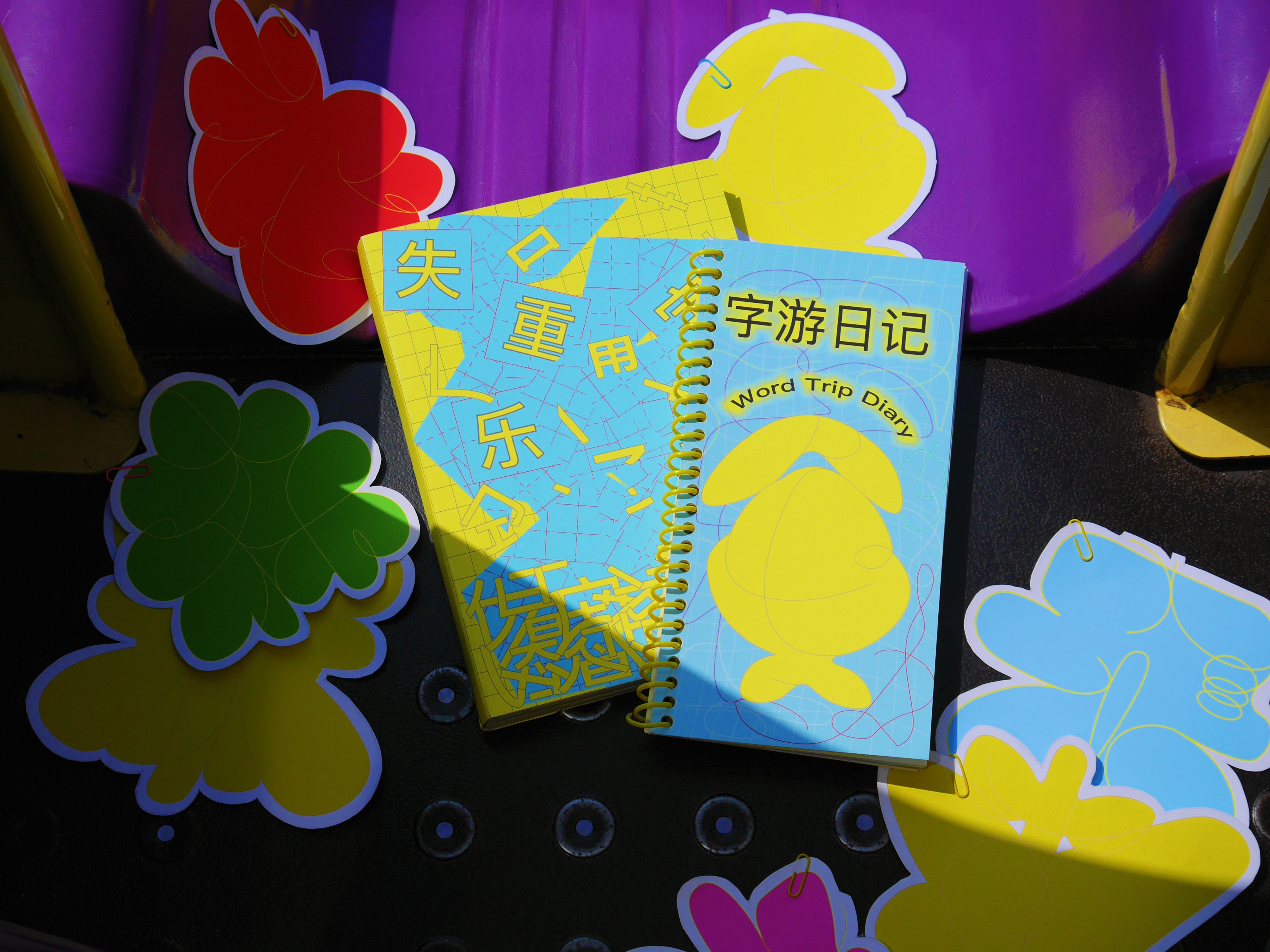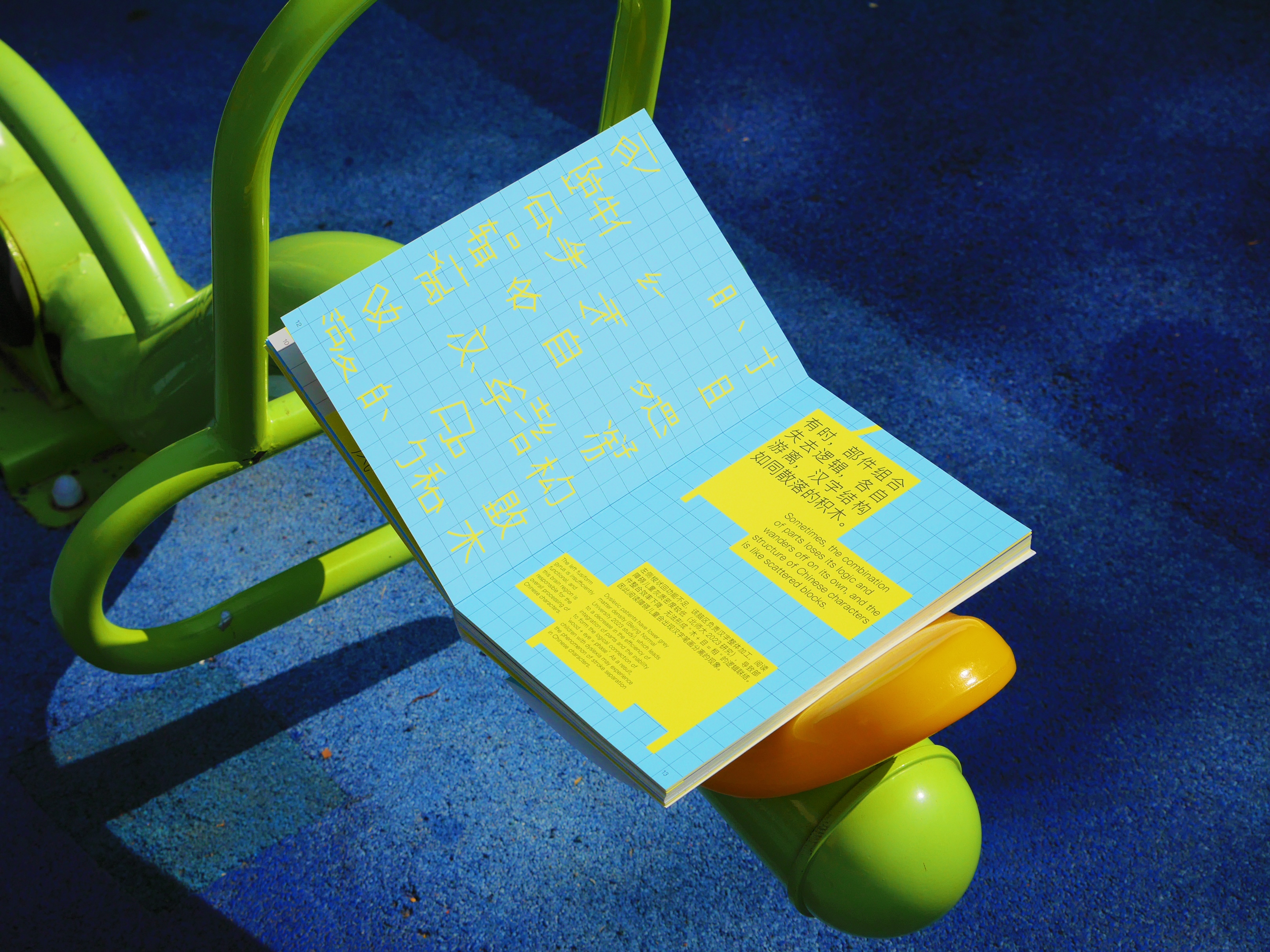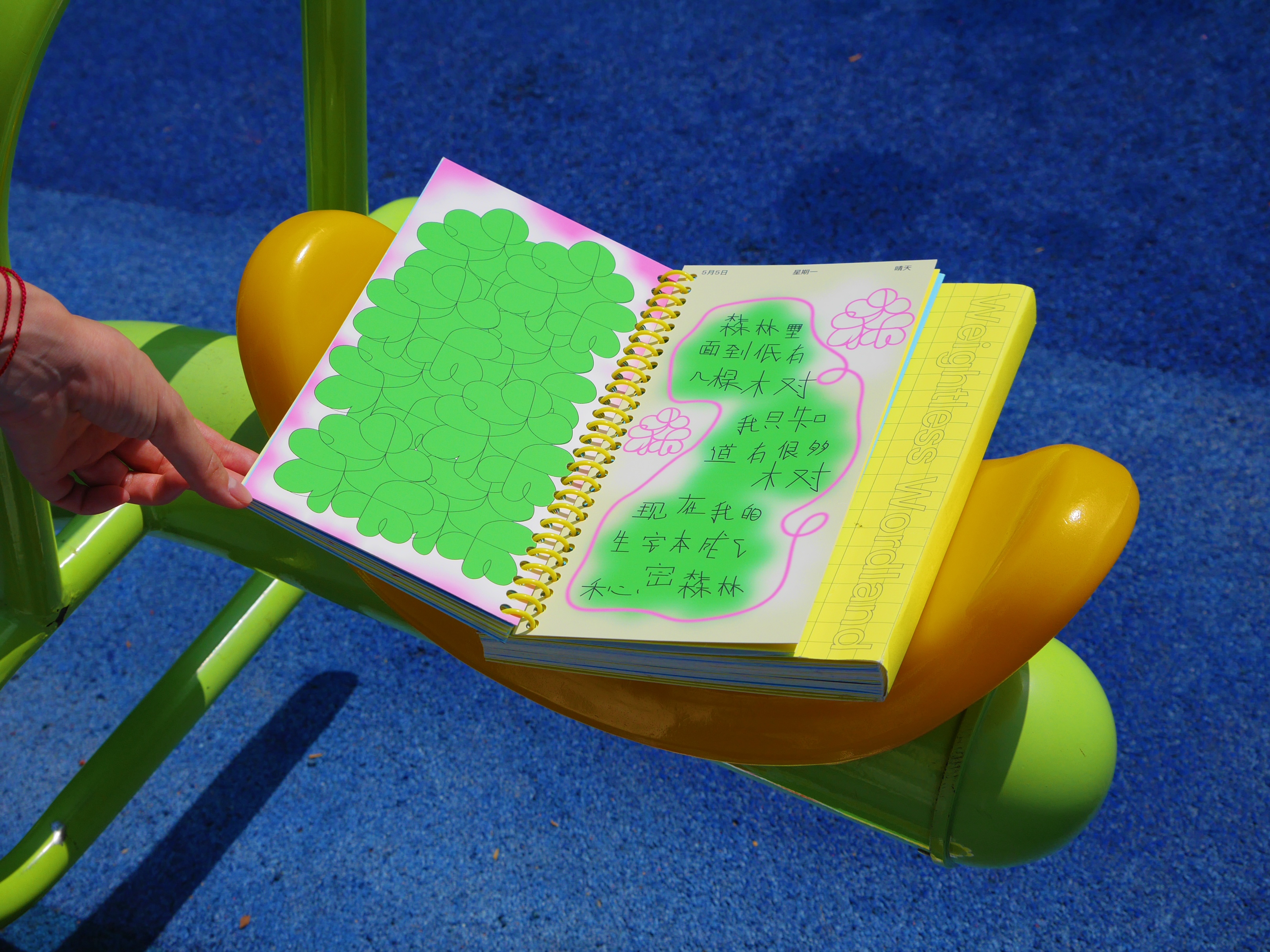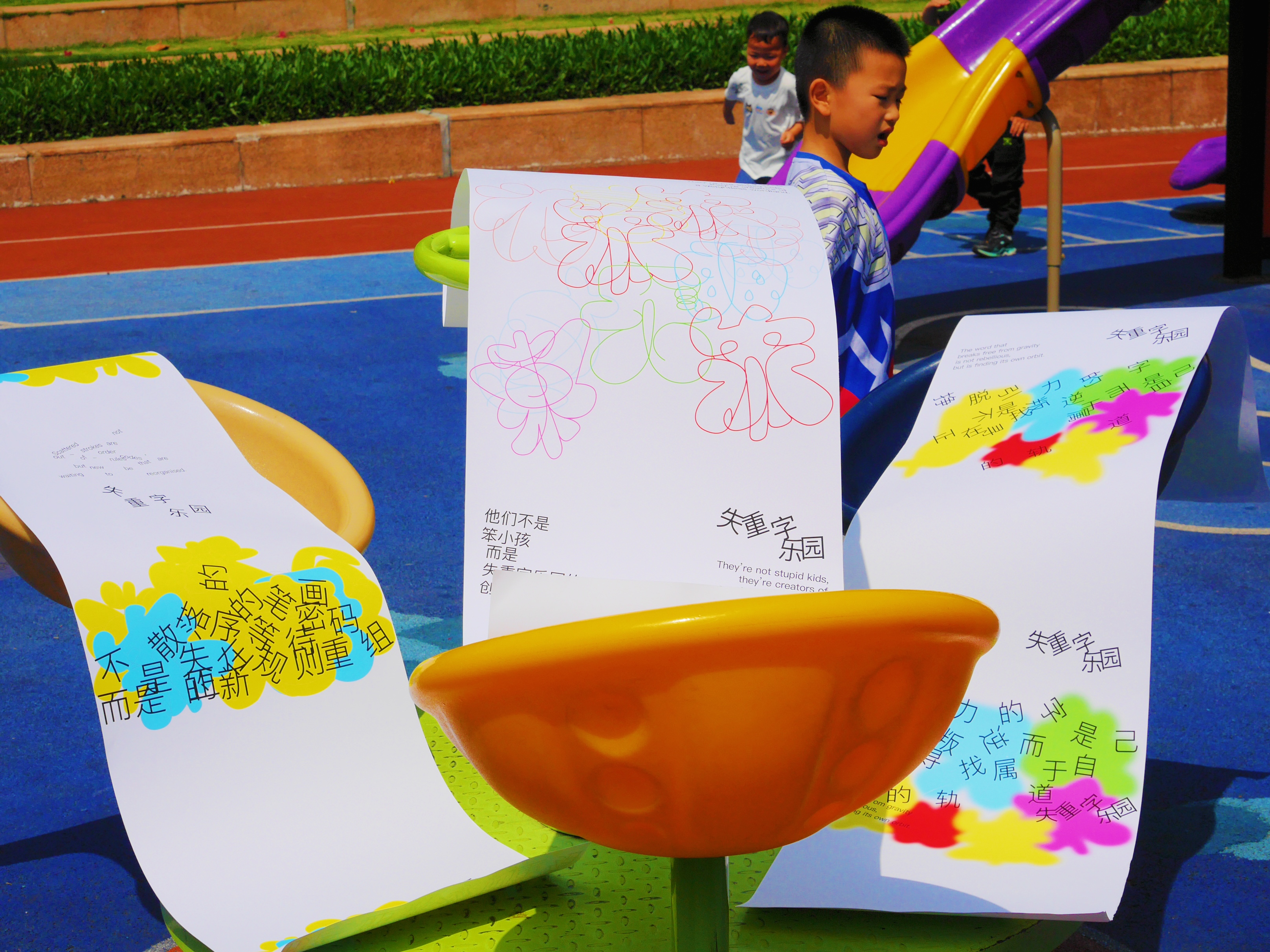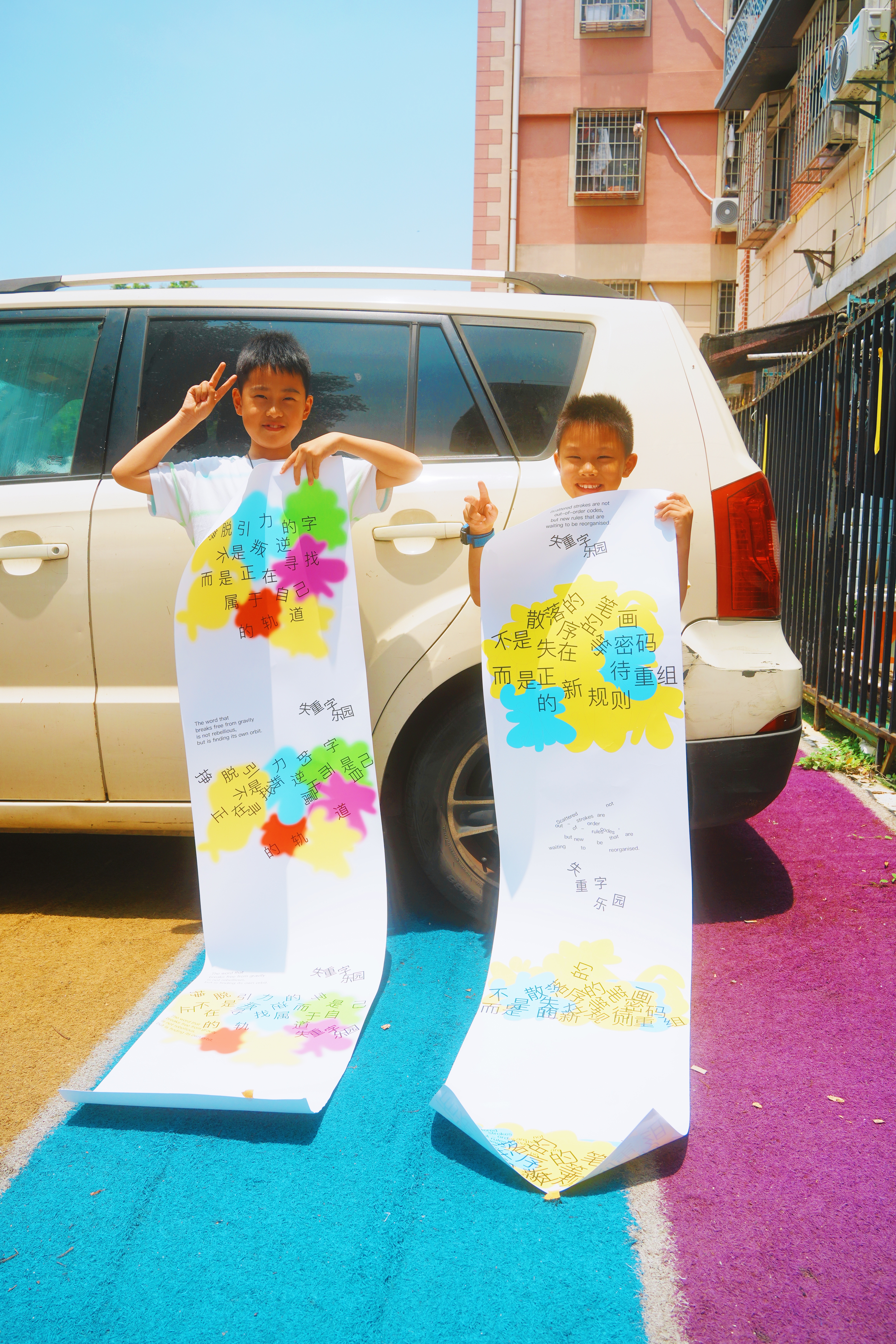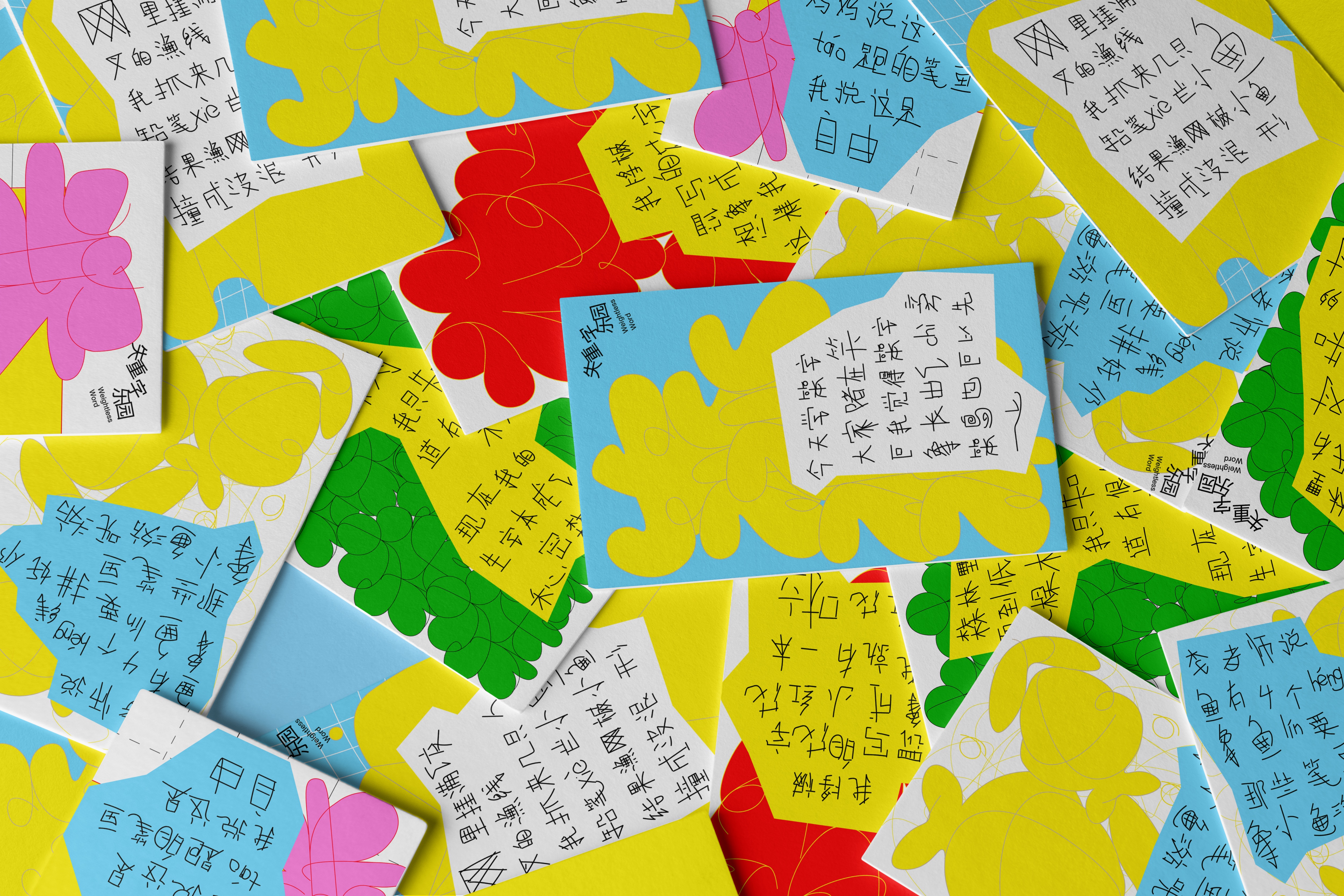As a relatively unknown concept in China, dyslexia is far less recognised and understood than in Western countries. Although this learning disability affects a significant number of children globally, in China it is often misunderstood as a sign of laziness, inattention, or mental retardation, a prejudice that is not only deeply rooted in some parents’ and teachers’ perceptions, but also creates unnecessary misunderstandings and rejection among some children of the same age.
Dyslexia is a neurodevelopmental disorder that is characterised by persistent difficulties in reading, writing and spelling that are not directly caused by vision, hearing or intellectual problems. The design theme of dyslexic children is not only out of sympathy for the challenges they face, but also aims to bring substantial help to this group through the power of design and to promote understanding and acceptance of them in society.
Taking dyslexic children, parents, educators and the general public as the audience, the design constructs a narrative symbol system of graphic design, transforming the meaning of Chinese characters into visual symbols to show children’s psychological state; designing a two-way cognitive channel of popular science books, which opens up with interesting questions, breaks the linear narrative, and integrates scientific knowledge; and realising the visualisation of children’s diary emotions, which combines children’s handwriting and graphic metaphors to convey emotions.
Finally, I completed a series of designs of Chinese character graphics, popular science books and children’s diaries. The popular science books are in yellow and blue, with innovative typography and interactive structure; the children’s diary is presented in vivid colors and children’s language to break the public’s prejudice. In addition, dynamic posters and derivatives further deepen the design concept. The design project results not only provide novel visual solutions for the popularisation of dyslexia, but also provide practical references for improving the learning and living environment of dyslexic children and promoting social inclusion of special groups.
The work is focused on dyslexic children in the Chinese context, with graphic design based on the cognitive characteristics of this group of children.The popular science book ‘Weightless Wordland’ focuses on the specific obstacles and causes of dyslexic children’s reading; ‘Word Trip Diary’ combines children’s real writing samples with graphic design of Chinese characters to show the world of words and their inner feelings in the eyes of dyslexic children. lt is hoped that by means of popularisation of science, the public’s understanding of dyslexic children and discrimination against them will be improved, thus contributing to a more tolerant and friendly social environment.

